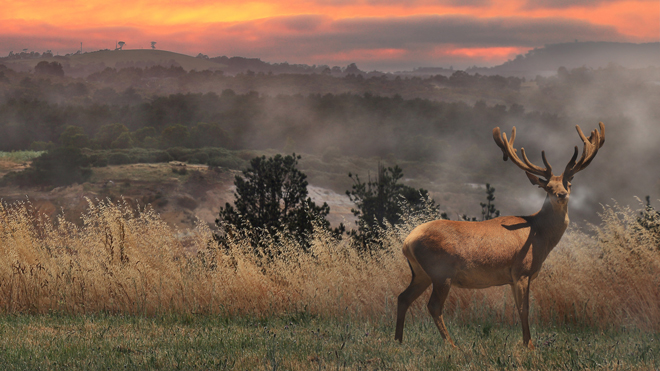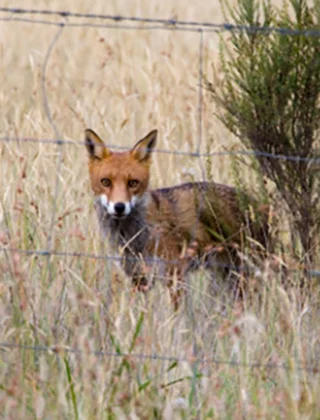Welcome to Australian Wool Innovation, a hub for the woolgrowers of Australia.
Not a woolgrower? Looking for information about wool products, wool care or wool processing?
The Woolmark Company is the global authority on wool. Visit Woolmark.com instead.
Guides to managing pest animals

A range of best practice management guides for invasive species that can affect woolgrowers’ businesses are available from the PestSmart website.
PHOTO: seng chye teo
Landholders impacted by the increasing threat of feral deer will benefit from the release of the new Glovebox Guide to Managing Feral Deer, from the Centre for Invasive Species Solutions (CISS).
The guide is fast becoming one of CISS’s best-selling best practice management resources, alongside existing glovebox guides and resources that help land managers combat other pest animals: wild dogs, foxes, feral pigs, feral rabbits and feral cats.
Feral deer populations are found across large parts of Australia and their numbers continue to swell. There are an estimated one to two million feral deer, creating agricultural losses of about $69.1 million in 2021. They compete for feed with livestock, they can damage pasture and fencing, and they spread weeds.
Six species of feral deer have established self-sustaining free-ranging populations in Australia. None are native to Australia. They are susceptible to many diseases exotic to Australia such as foot and mouth disease and bluetongue, so there is the future risk that they could spread disease to livestock. Feral deer are currently found mainly in relatively inaccessible regions, which could make the diseases difficult to eradicate.
The negative impact of feral deer on Australian agricultural production, plus the environment and public and private infrastructure, will continue to grow without integrated control measures rolled out over the coming years. The new glovebox guide is one such measure, offering practical solutions for all land managers.
As with the management of all types of pest animals, working with neighbours and the local community is important because individual animals can move across multiple properties.
Best practice management guides
CISS’s best practice guides to the management of pest animals include:
- Glovebox guides for managing (1) wild dogs, (2) foxes, (3) feral pigs, (4) rabbits, (5) feral deer, and (6) feral cats.
- Field guides to poison baiting for (1) wild dogs and foxes, (2) feral pigs.
- Best-practice management of wild dogs in peri-urban environments.
- Planning guides for (1) fox management, and (2) feral cat management.
The booklets are available to download free from the PestSmart website www.pestsmart.org.au. The website also provides other best practice resources on how to plan, manage and improve pest animal control programs in Australia.
This article appeared in the March 2024 edition of AWI’s Beyond the Bale magazine. Reproduction of the article is encouraged.













